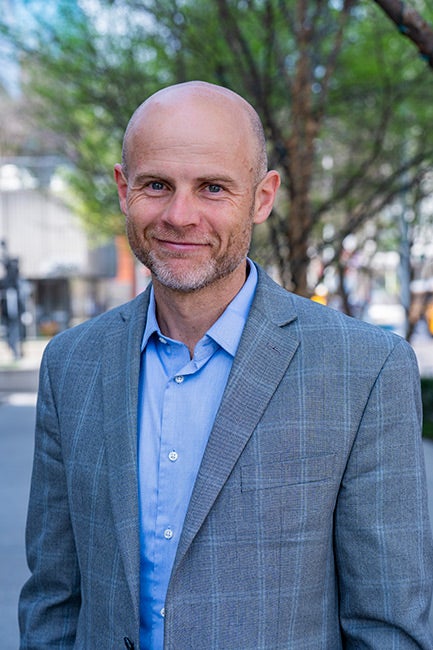Managing the Student Experience at Scale
As higher education continues to evolve, online and asynchronous learning have become defining elements of the modern student journey. At Western Governors University (WGU), flexibility and access—while essential—are only part of the equation. True student success requires more than strong academic performance. It demands a deep commitment to the entire student experience.
When students are not physically present on campus, they may miss the cues and conveniences of in-person learning—hallway conversations, drop-in advising and real-time peer interaction that serve as valuable connection points—thus requiring institutions to be intentional about how to support learners in virtual, asynchronous spaces. This is where student experience management becomes not just valuable, but foundational.
Managing student experience is built around a framework that guides the design, measurement and continuous improvement. It is rooted in three key actions: Listen. Understand. Act.
Listen
Listening goes beyond surveys. It involves using multiple, creative listening posts to capture the voice and behavior of students—what they say, and just as important, what they don’t. These inputs may come from in-course check-ins, conversations with program mentors, feedback shared in community forums or patterns in LMS usage. Much of this information is unstructured—comments, log-ins, messages or phone calls —and yet it is rich with insight. Listening means observing the full context of a student’s journey and capturing subtle indicators of challenge, satisfaction, effort or disengagement.
Understand
Once data is gathered, it must be translated into understanding. This involves synthesizing insights from across the student lifecycle from both operational systems and experience-focused initiatives: academic performance, mentor interactions, help requests and more. The goal is to build an evolving profile of each learner—not just what courses they have taken, but how they have experienced them. Understanding involves recognizing patterns, connecting previous support interactions and using that knowledge to shape future engagement. It is about forming authentic, responsive relationships with students at scale.
Act
With the right insight, the next step is to act—not reactively, but proactively and personally. This might mean reaching out with curated resources, adjusting a learning path, offering one-on-one support, or simply recognizing progress. Action is never one-size-fits-all; it is guided by empathy and informed by historical interactions and everything learned about that individual student’s experience. The goal is always to meet learners where they are and help them move forward with clarity and confidence.
To support this framework, it is essential to identify opportunities to strengthen solicited and structured touchpoints, integrate with operational systems and explore unstructured and unsolicited data to build a holistic view of the WGU experience. These efforts help anticipate the moments that matter most—during enrollment, term transitions, major milestones and beyond—providing a comprehensive, real-time view that enables thoughtful intervention.
At WGU, a degree represents more than a transcript of completed courses. It reflects the outcome of a learner feeling seen, supported and confident throughout their journey. Managing the student experience must be a core institutional priority—not just for completion metrics, but for the human outcomes that matter most.
When institutions listen deeply, understand fully and act intentionally, they do not just deliver education. They empower transformation. That is the WGU impact.
Josh Sine joined WGU in 2025 as vice president for the WGU School of Business. Previously, Sine served as vice-president of higher education strategy at experience management company Qualtrics. A higher education evangelist, Sine has experience across the academic journey and student lifecycle with particular focus on providing solutions that bridge the gap between educational institutions and their students. Prior to Qualtrics, he spent more than a decade on college campuses building innovative programming in enrolment management, athletics, global initiatives, student success and academic affairs.


